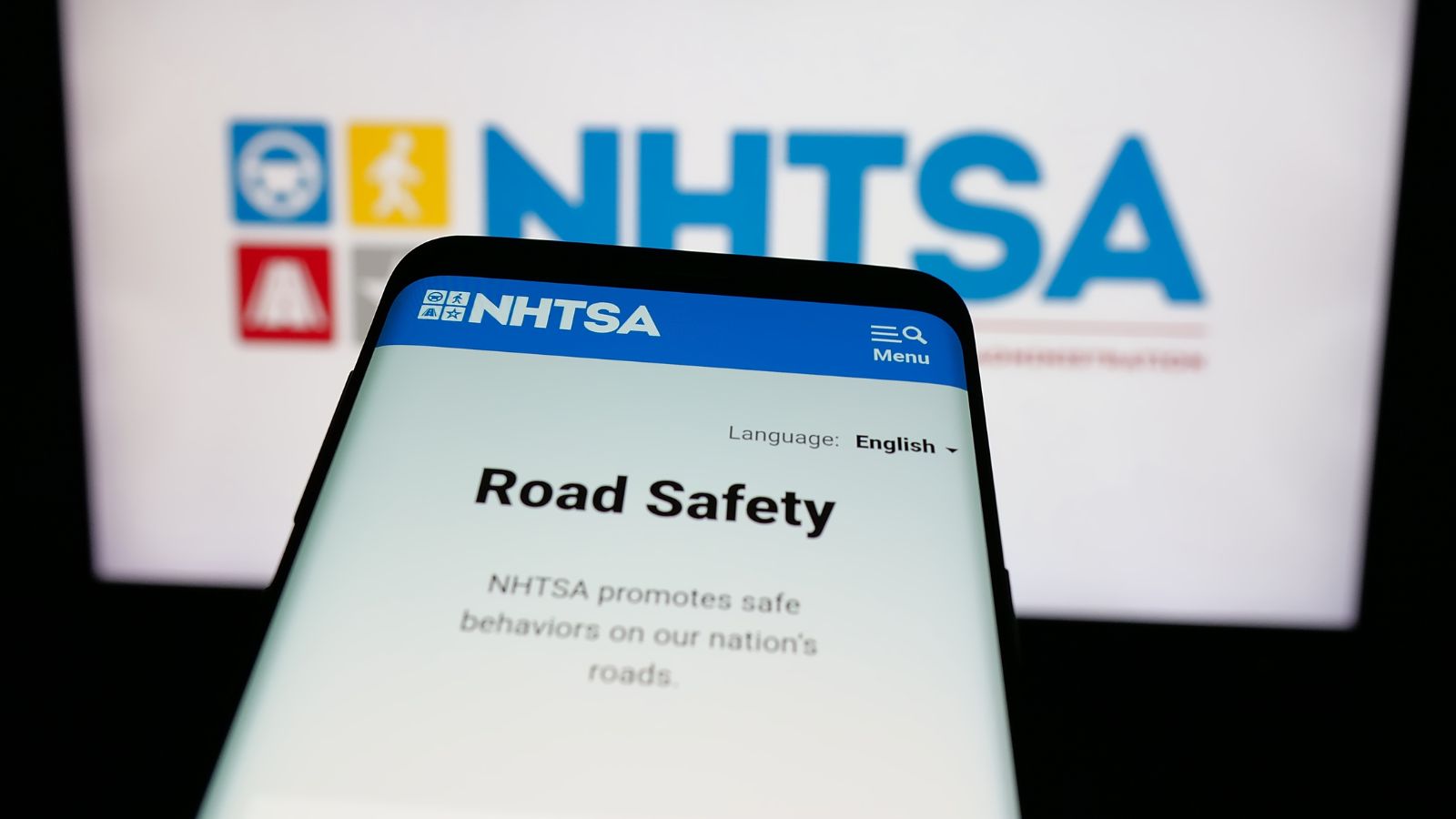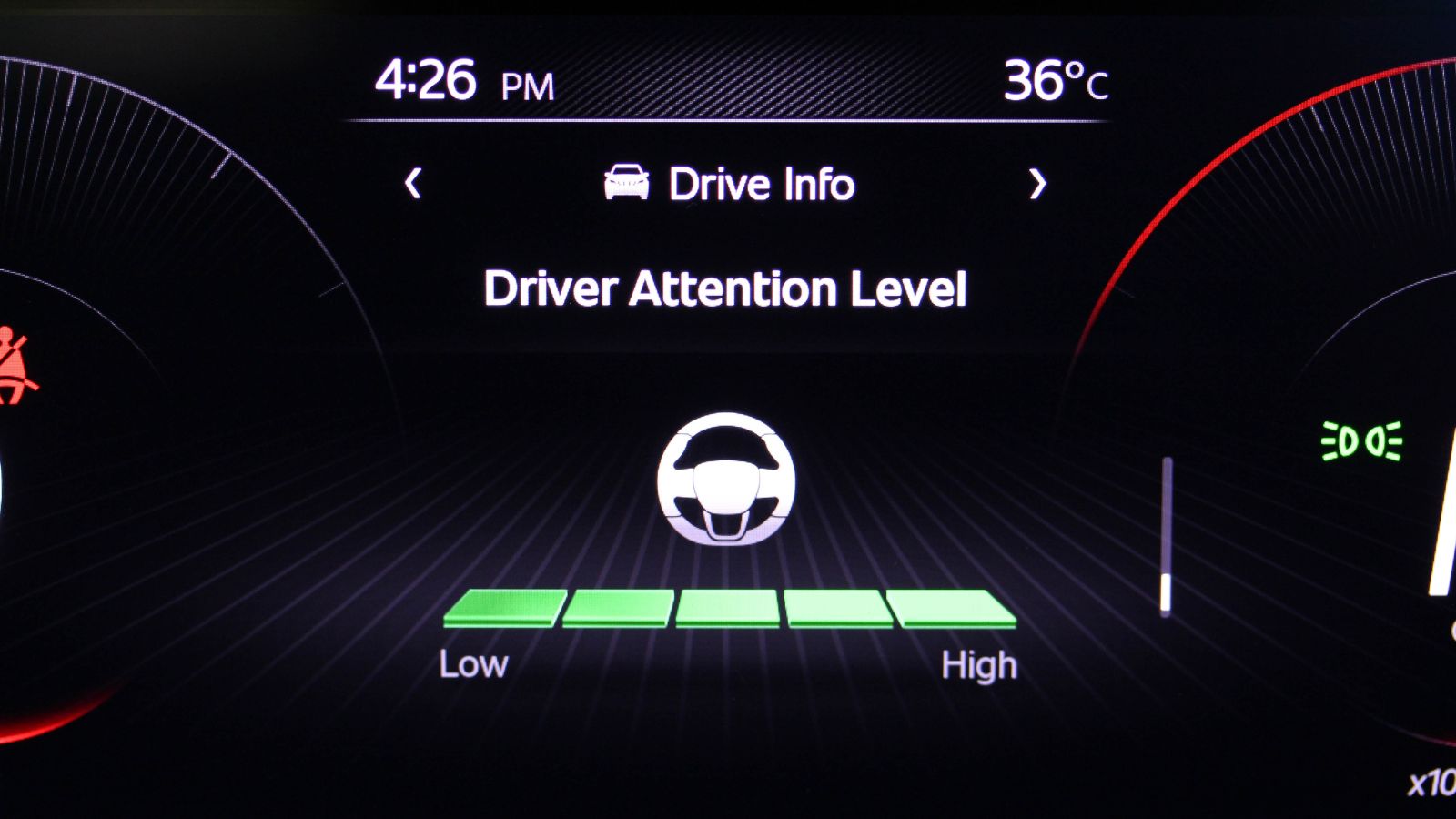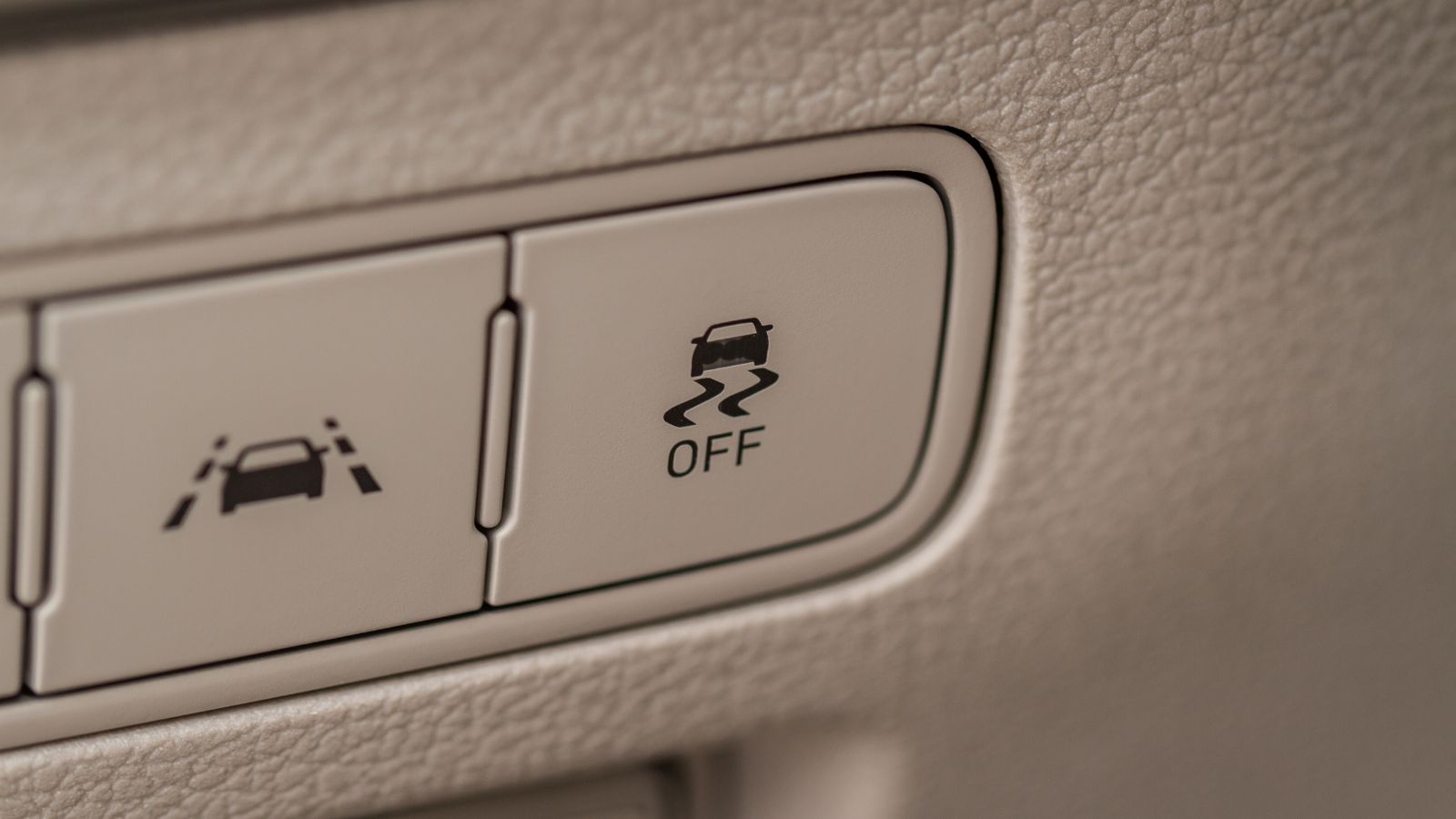The conversation around road safety in North America is shifting rapidly. After years of hinting at new regulations, the National Highway Traffic Safety Administration (NHTSA) in the United States has officially submitted an advanced notice of proposed rulemaking to push forward anti drunk driving technology. If adopted, it would mean that every new vehicle sold in America will come with some form of built in detection system designed to stop impaired drivers before they ever put a car in gear. General Motors has already indicated it is prepared for the change. But a pressing question remains: will Canada embrace this technology as well?
What Is NHTSA Proposing

At its core, the proposal is aimed at tackling one of the deadliest and most persistent threats on the road. Alcohol related crashes continue to account for a large percentage of roadway fatalities in the United States, despite decades of education and enforcement. NHTSA is pushing for a built in system that can detect impairment, either through direct driver monitoring or through passive detection of alcohol levels, and prevent the car from moving if the driver is over the legal limit.
Why Now

After decades of steady progress in reducing roadway deaths, recent years have seen fatalities climb again. Policymakers are desperate to address the surge, and drunk driving is an obvious place to focus. The pandemic years brought with them an increase in reckless driving, speeding on emptier roads, and distracted driving as smartphones became ever more central to daily life. Coupled with the rising size and weight of vehicles like SUVs and trucks, the consequences of impaired driving have only grown more severe. The timing, from NHTSA’s perspective, could not be more urgent.
GM’s Head Start

General Motors has already been experimenting with in vehicle monitoring systems and advanced safety technologies that could make compliance easier. GM’s experience with features like Super Cruise, which already monitors driver engagement, means the company has infrastructure in place that can be adapted for anti drunk driving systems. This positions GM as one of the automakers most ready to embrace the mandate, and it signals how seriously major manufacturers are taking the shift.
How Might This Work in Practice

The technology could take different forms. Some systems use sensors that measure blood alcohol content through breath analysis, while others use driver monitoring systems to track eye movement, steering inputs, and reaction times. There are also proposals for passive systems that would detect alcohol from ambient air inside the vehicle cabin. Whatever approach is chosen, the common thread is that if impairment is detected, the car would be unable to start or move until a sober driver is present.
The Canadian Question

The big question is whether Canada will follow America’s lead. Canadian regulators often align closely with NHTSA standards, particularly when it comes to vehicle safety requirements. If anti drunk driving tech becomes mandatory south of the border, it is difficult to imagine Canada ignoring it. Cross border trade and manufacturing integration with Detroit’s automakers would make separate vehicle standards impractical. For Canadian buyers, the technology would likely be introduced by default if it becomes standard in U.S. production.
Acceptance Among Canadian Drivers

The bigger issue is cultural acceptance. Canadians are no strangers to strict impaired driving laws. Provinces like Ontario and British Columbia already have strong enforcement measures and roadside suspensions. But asking drivers to accept built in monitoring in every car is a different matter. Privacy concerns, false positives, and the perception of being constantly “watched” could spark resistance. Canadians are often quick to embrace safety technology, but mandatory systems that restrict freedom of use tend to spark debate.
Could It Change Behavior

If implemented effectively, mandatory systems could significantly reduce impaired driving deaths. The inconvenience of occasional false positives may be outweighed by the lives saved. Canada, with its long stretches of rural highways and winter conditions where impaired driving can be especially deadly, may see outsized benefits. Over time, just as seat belts and airbags were once resisted but are now accepted as standard, Canadians may adapt to seeing anti drunk driving tech as a normal and necessary safeguard.
The Road Ahead

What is clear is that the automotive industry is entering a new era of driver accountability. Just as we once resisted seat belts, airbags, and electronic stability control, resistance to anti drunk driving tech may be loud but temporary. GM and other automakers are already preparing for the change, and history suggests that once the United States adopts such measures, Canada will follow. The question is not if Canadian drivers will see this technology, but how quickly they will accept it.
25 Facts About Car Loans That Most Drivers Don’t Realize

Car loans are one of the most common ways people fund car purchases. Like any other kind of loan, car loans can have certain features that can be regarded as an advantage or a disadvantage to the borrower. Understanding all essential facts about car loans and how they work to ensure that you get the best deal for your financial situation is essential. Here are 25 shocking facts about car loans that most drivers don’t realize:
25 Facts About Car Loans That Most Drivers Don’t Realize
